The Top 5 Massive Black Holes discovered so far are Phoenix A*, Tonantzintla 618 Black Hole (TON 618), Holmberg 15A (Holm 15A), IC1101 and S5 0014+81.
The presence of these supermassive black holes is one of the most inspiring aspects of our cosmos. Black holes are the objects formed when stars collapse due to their immense gravity, creating an area in space where nothing can escape—not even light! These supermassive objects have fascinated scientists for years, as they remain largely unexplained phenomena due to their immense size and power.
Following are 5 Supermassive Black holes ever discovered in the universe:
1.Phoenix A* Black Hole
Phoenix A* is a supermassive black hole located in the southern constellation of Phoenix. It is known to be the largest and most massive black hole ever discovered with 100 billion solar masses which means 100 billion Suns can fit into this giant beast.
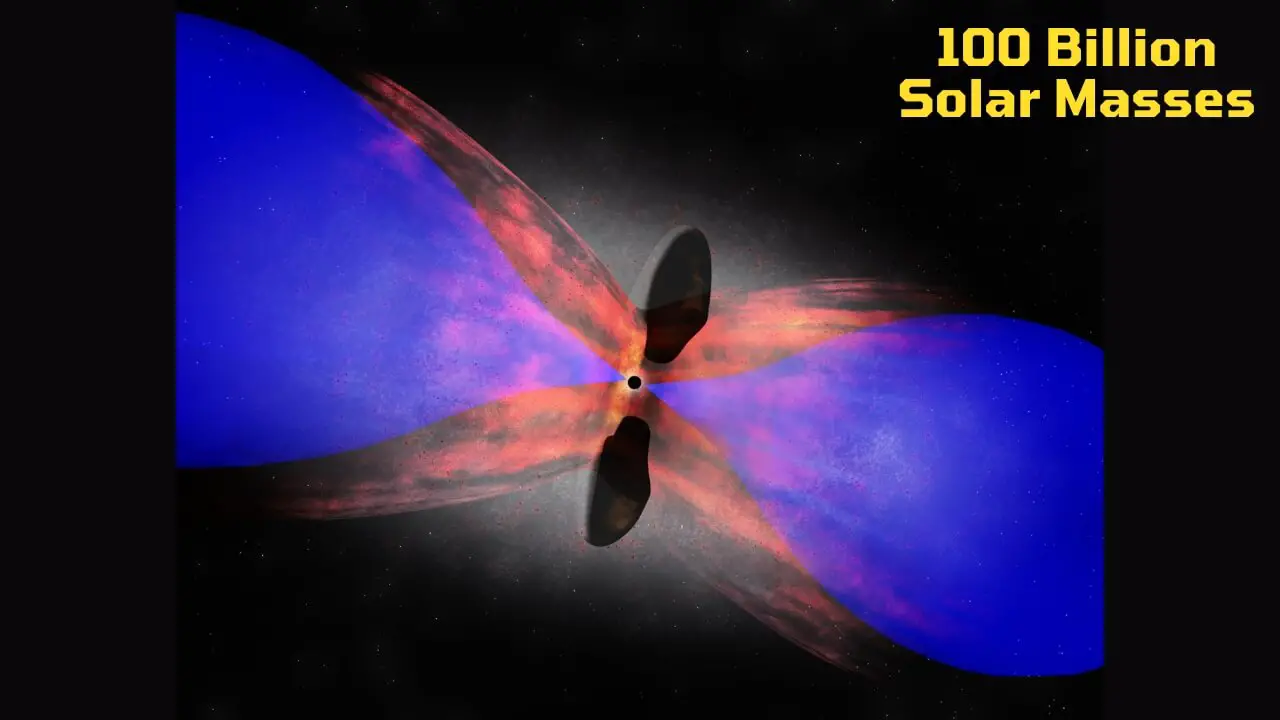
In 2010, astronomers conducting a 2,500 square degree survey of the southern sky noticed something unusual about this galaxy cluster – it was found to be incredibly luminous in X-ray emission.
Also Read: The Biggest Black Hole in the Universe
The Phoenix A* black hole lies 8.57 billion light years away from Earth and is believed to have formed shortly after the big bang occurred; making it around 4.5 billion years old – one of oldest known primordial black holes existing today.
It was first observed by R. Williamson and his colleagues during a 2,500 square degree survey of the southern sky, In 2010. Williamson noticed that this galaxy cluster is incredibly luminous in X-ray emission.
2.Tonantzintla 618 Black Hole (TON 618)
TON 618 is an incredibly massive black hole located in the constellation Canes Venatici and Coma Berenices. It was first observed in 1957, making it one of the earliest known supermassive black holes.
TON 618 has a mass that is 66 Billion times greater than our Sun. Its distance from Earth is 18.2 Billion light years away and its age estimated to be 10.8 billion years old, which means that TON 618 had already grown to such an immense size when the universe was still very young compared to today’s standards.
TON 618 has been classified as a radio-loud quasar with hyper luminosity due its broad absorption line (a spectral line showing how much light emitted or absorbed by the black hole).
🔬 Subscribe to SciMail
Get the latest science discoveries straight to your inbox!
You might also be interested in: Phoenix vs Ton-618 Black Hole – A Comparison between the biggest Black Holes
This massive black hole was first observed in 1957 but it was not clear whether it is a quasar or not because the concept of quasars was unknown before 1963. TON 618 is so bright that it is considered to be 140 trillion times brighter than the sun.
3.Holmberg 15A (Holm 15A)
Located in the constellation of Cetus, Holmberg 15A was discovered by Erik Holmberg in 1937. Galaxy Holm 15A is an elliptical galaxy that serves as the central dominant galaxy of Abell 85 and has a massive black hole at its center which is 40 Billion times more massive than our own Sun and is 700 Million light years away from Earth.
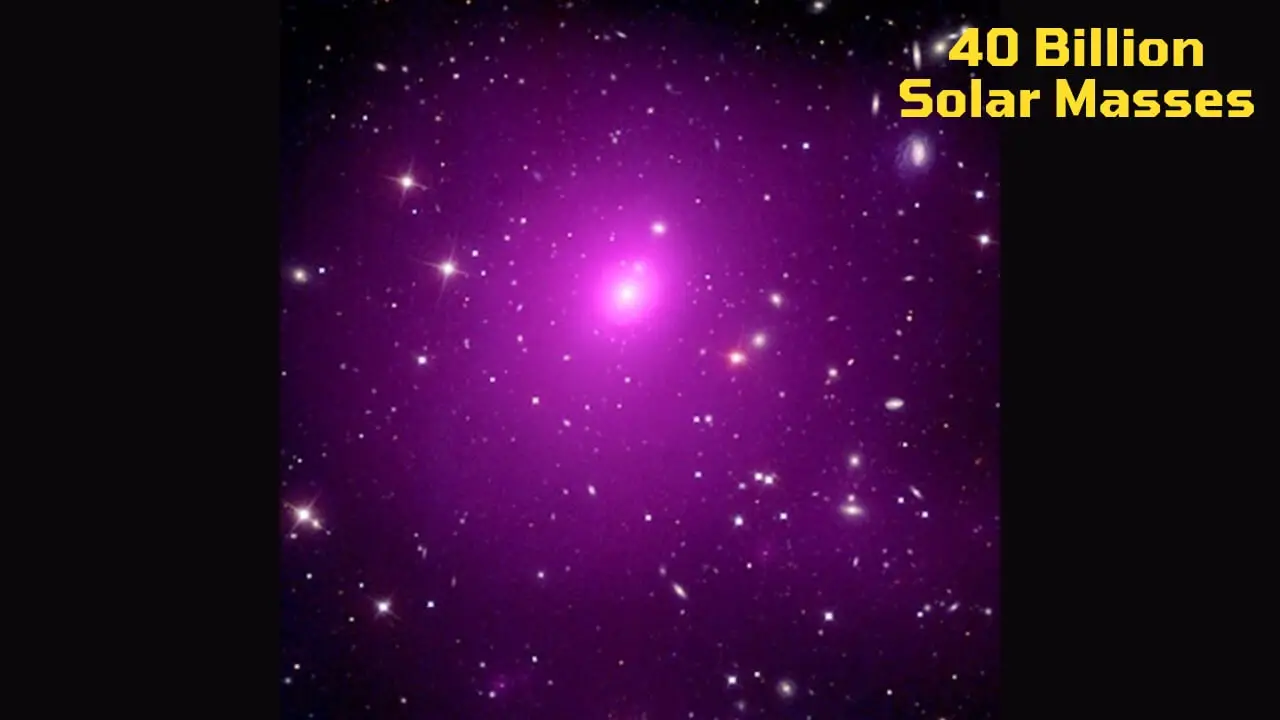
It is believed that the immense power coming from this galaxy is due to the black hole lying at its center that grew bigger by consuming nearby stars and other smaller black holes. Moreover, astronomers have also observed jets shooting out from both sides of Holmberg 15A due to matter being sucked up into its core at high speeds.
4.IC1101
IC1101 is a supergiant elliptical and lenticular galaxy first observed by British astronomer William Herschel on 19 June 1790. It is located in the center of the Abell 2029 galaxy cluster,
This massive galaxy has a central black hole with a mass equivalent to 40 Billion solar masses and stands 1.1 Billion light years away from Earth. This galaxy has a diameter of 6 Million light years making it one of largest galaxies.
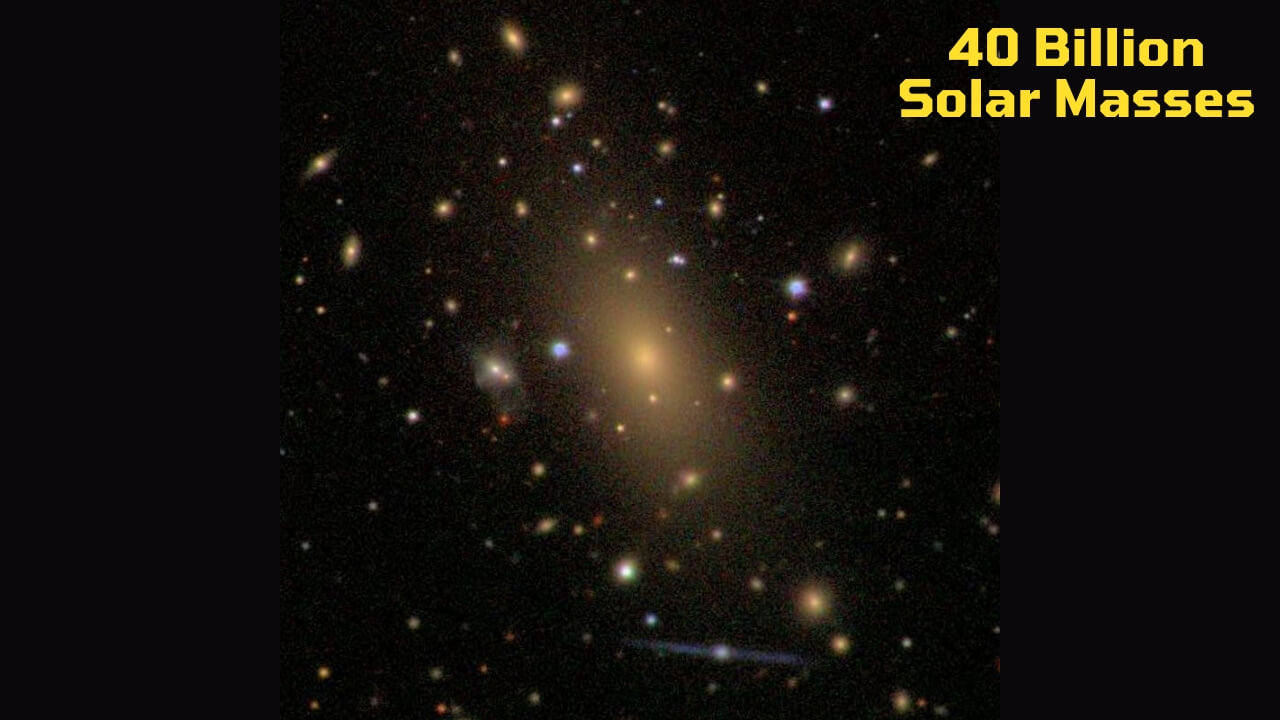
Due to a number of metal-rich stars, this magnificent celestial body has a yellowish-golden color. The galaxy produces high energy radiation that casts out like beams of light.
5.S5 0014+81
S5 0014+81 is a supermassive black hole located in the constellation of Cepheus with 40 Billion solar masses. This supergiant is 12.1 Billion light years away from Earth. It was mainly formed just 1.6 billion years after the big bang.
S5 0014+81 has a diameter and radius of 240 and 120 Billion kilometers respectively. It is a strong source of emitting strong radiations such as gamma rays, X-rays and radio waves.
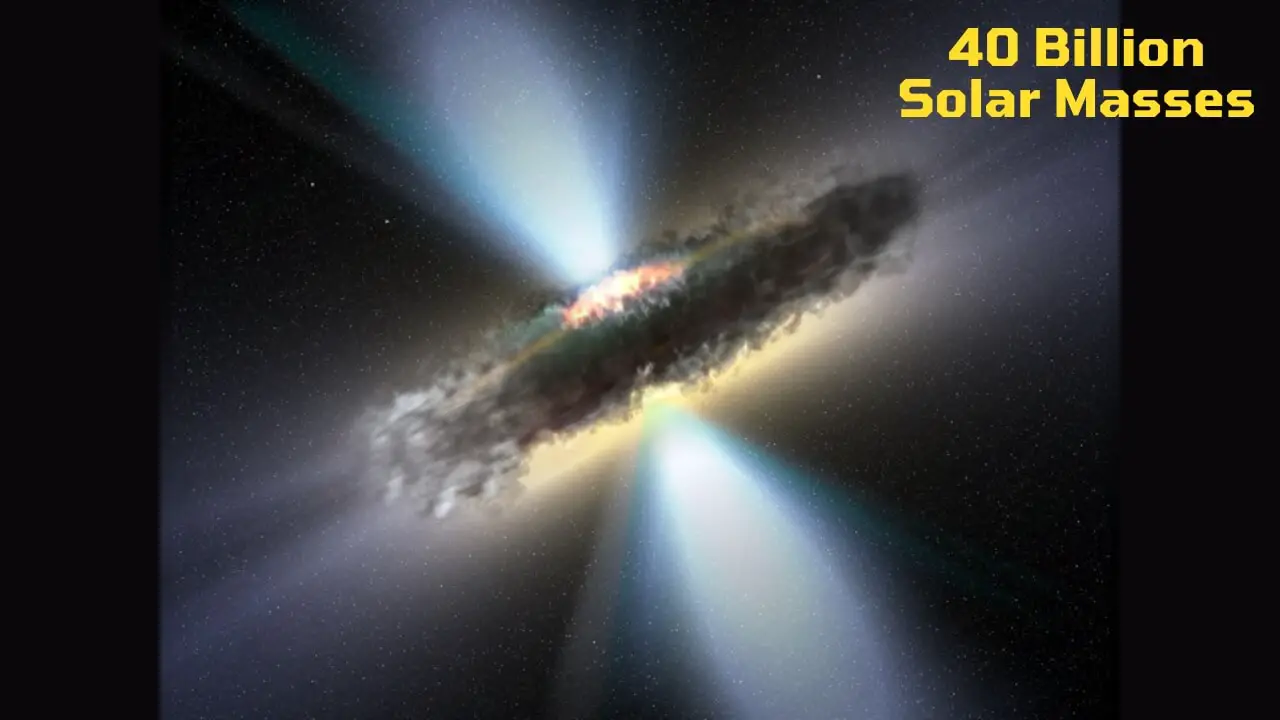
This massive black hole is a compact hyper luminous type of blazer which has a broad-absorption-line. Its luminosity of 300 trillion suns makes it one of the brightest objects in the universe. It is considered to be 25, 000 times brighter than 100-400 Billion stars combined in our own Milky Way galaxy.


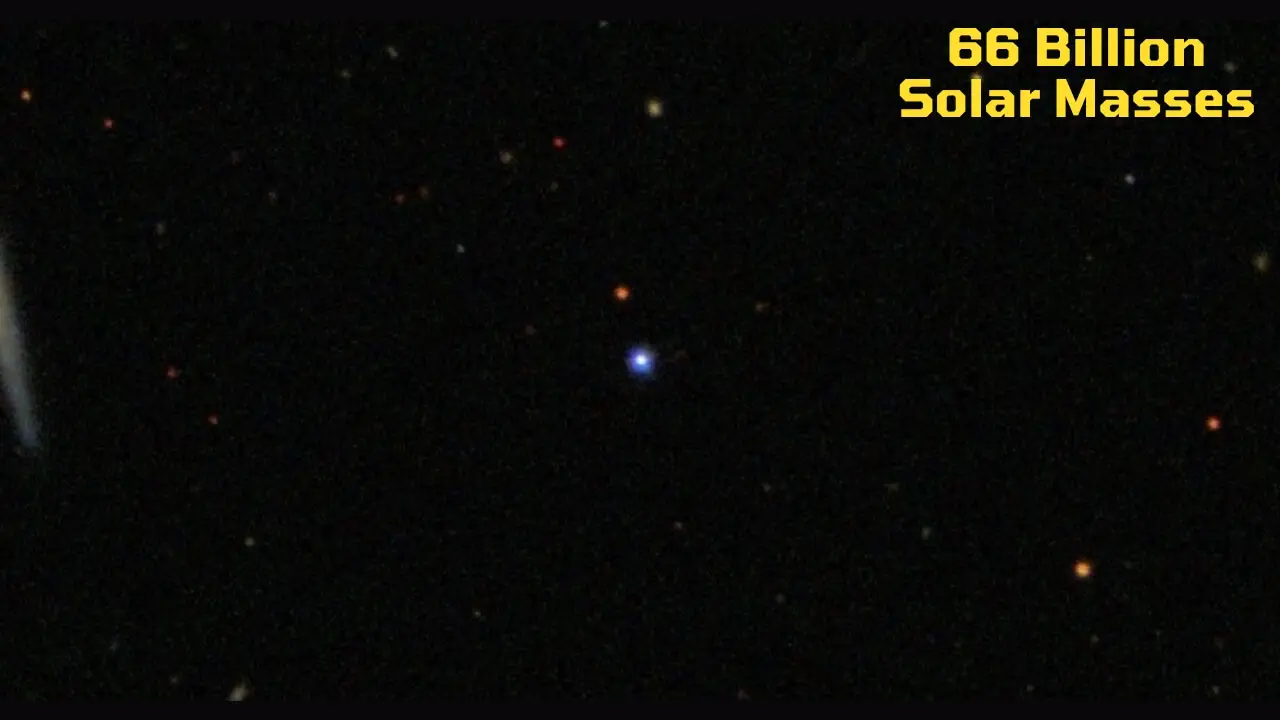
Leave a Reply